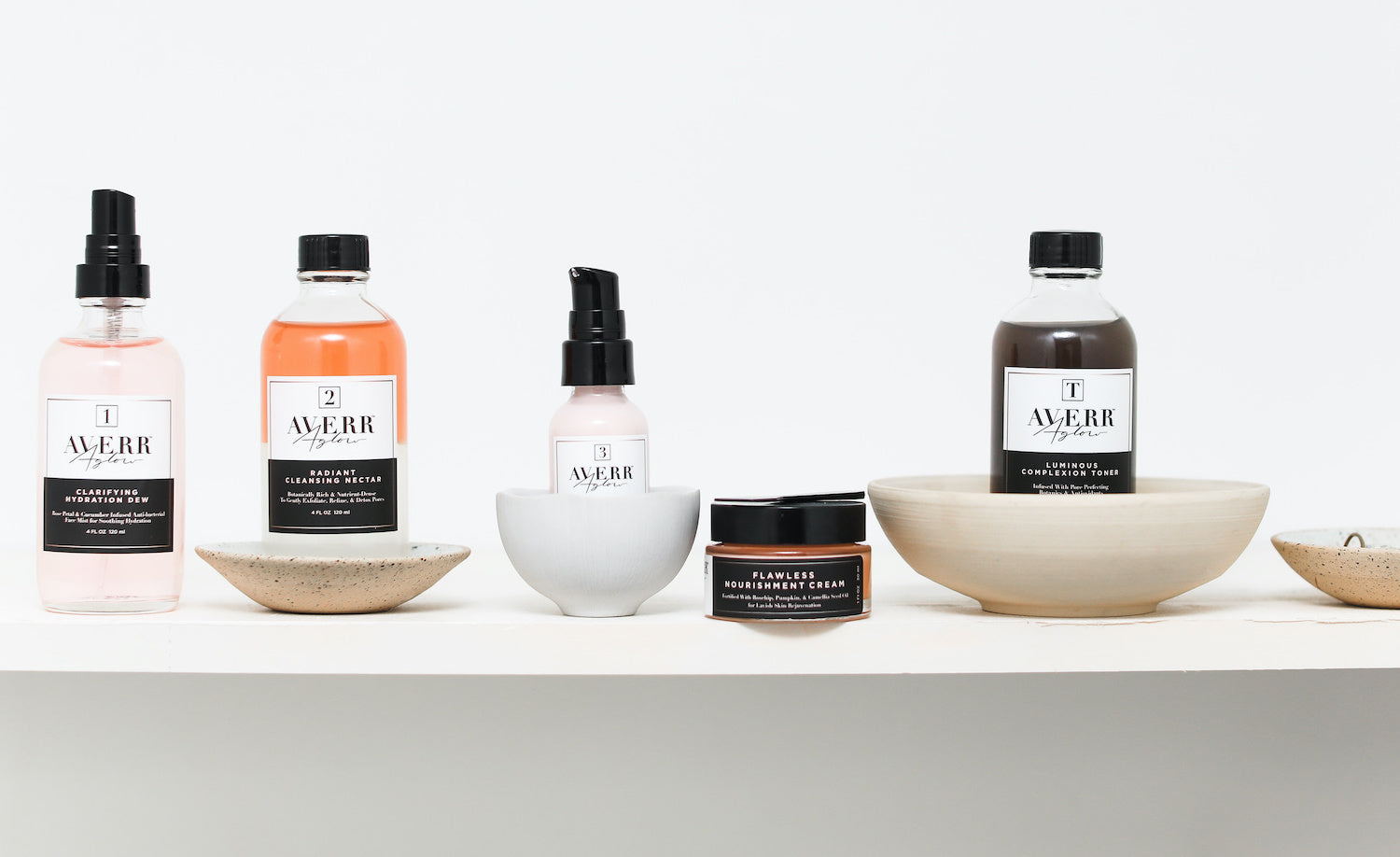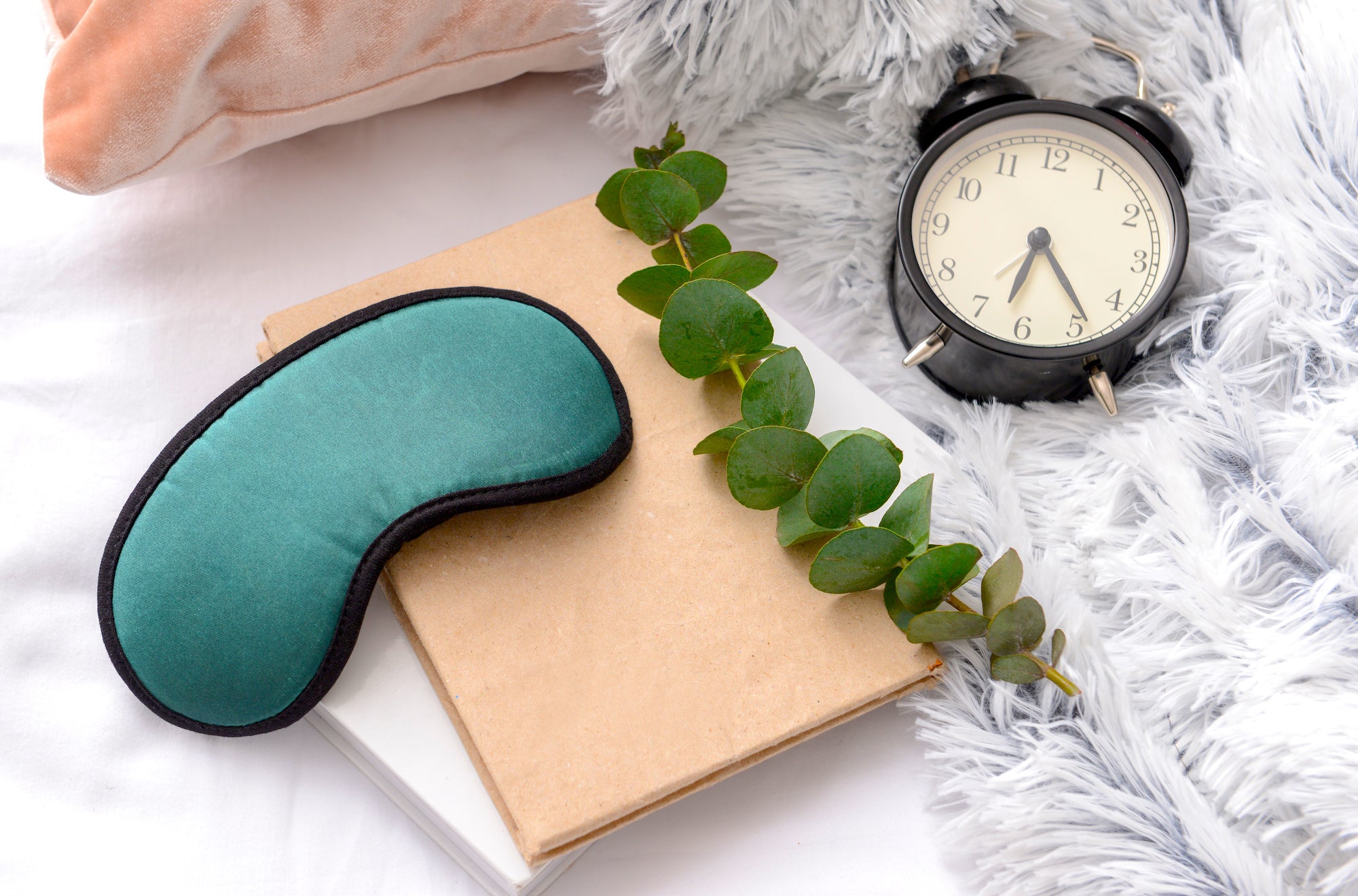
The Real Facts About Keratosis Pilaris, aka Chicken Skin
Move over, goosebumps, we’re more worried about chicken skin.
It starts when you notice a rough patch of skin on your arm, or maybe an outcropping of scratchy bumps across your thigh. You write it off as body acne or a rash...but it just won’t go away.
Is this normal? If persistent bumps are plaguing your skin, you may have a common condition called keratosis pilaris.
What is Keratosis Pilaris?
Keratosis pilaris is essentially a plugged pore (or sometimes, dozens of them). This blockage occurs at the surface level of your skin, where a hard knot of excess keratin forms in the mouth of the pore.
Keratin is a natural protein that usually helps protect your skin. But in the case of keratosis pilaris, these scaly plugs end up giving your skin a rough, bumpy texture. Hence, KP’s slightly goofy alias: is chicken skin.
Though often confused with acne — the bumps can resemble tiny pimples — they aren’t the same. Unlike acne, KP usually isn’t accompanied by swelling or inflammation and doesn’t involve any nasty bacteria.

Keratosis Pilaris Symptoms
Here are the signs that may indicate keratosis pilaris:
- Small, persistent bumps on your arms, thighs, cheeks, buttocks, or face. They may be skin-toned or in shades of white, red, or brown.
- Patches of rough, dry skin that feel scaly or sandpapery to the touch.
- Extra flare-ups in winter or dry weather. (And fewer in summer or humid weather.)
- Some cases of KP may include mild itchiness but should not result in significant pain or discomfort.
Pro tip: Because keratosis pilaris occurs in your hair follicles, it will not appear on the pore-free soles of your feet or palms of your hands. If you see bumps there, it’s not KP!
Keratosis Pilaris Causes
As we mentioned earlier, KP results from a buildup of keratin, blocking your pores. But doctors haven’t completely agreed on what causes this buildup to begin with.
The most popular theory involves a simple genetic error in the way our skin regenerates. But it has also been suggested that KP bumps may be triggered by coiling hair shafts irritating your skin from within.
However keratosis pilaris originates, it is personal to each individual and 100% NOT CONTAGIOUS.
Triggers Which Contribute to Keratosis Pilaris
- Dry weather
- Long baths or chlorinated swimming pools (which can dehydrate your skin)
- Friction from tight clothing
Fighting body acne? Tight, skin-smothering outfits can also result in breakouts known as acne mechanica.
Who Gets Keratosis Pilaris?
Keratosis pilaris mostly affects kids and teens, often developing before the age of 2 or during puberty. Sometimes, though, it can persist into adulthood. In rare cases, people with KP may deal with recurring, lifelong flare-ups.
Keratosis pilaris affects people of all races and ethnicities, though it is particularly common to people with fair complexions. It is also slightly more common among women.
If you are already prone to keratosis pilaris, pregnancy can also trigger new KP flare-ups.
Conditions That Make Keratosis Pilaris More Likely
- Dry skin
- Eczema
- Seasonal allergies or hay fever
- Asthma
- Obesity
- Ichthyosis
- A family history of KP
How to Get Rid of Keratosis Pilaris
The bad news is that keratosis pilaris has no known cure. It’s technically considered a “normal variant” of human skin, affecting up to 80% of the population during adolescence.
The good news? Keratosis pilaris is also considered harmless and will usually disappear on its own during early adulthood (around age 30).
In the meantime, there are ways to minimize KP’s impact on your skin and lifestyle.
If you’re interested in professional treatments, begin by speaking to a dermatologist. They may suggest microdermabrasion, chemical peels, prescription creams, or laser treatments. As always, be sure to thoroughly discuss your options — including potential side effects.
Generally, these procedures are not for use in children. And be extra careful if you have sensitive skin or are pregnant — some of these treatments won’t be right for you, either.
Keratosis Pilaris Treatment at Home
In-office treatments aren’t for everyone. If you prefer a gentler, at-home routine, there are also steps to care for your skin on your own.
Moisturize, moisturize, moisturize.
Dry skin can trigger KP, so you want to make sure you’re supple and well-hydrated. Reach for a nourishing cream that deposits moisture deep into your skin. For best results, apply 2-3 times a day and after every shower or bath.
Take short, warm baths.
It will help unclog your pores. But don’t give in to the temptation of long, hot soaks, which will only leach more moisture from your skin.
Choose cleansers with skin-friendly oils.
Adding nourishing oils like jojoba or manuka to your skincare routine can help keep your complexion moisturized and less prone to KP flare-ups. (Hint: Our Radiant Cleansing Nectar includes both!)

Use a mild exfoliating scrub.
It will help discourage keratin plugs. But choose a gentle option, like our Illuminating Essence Exfoliating Mask or Rejuvenating Essence Body Polish. Harsh exfoliators with acids or microbeads may further irritate your sensitive skin.
Wear loose, comfortable clothes.
Constant friction from tight outfits can smother your skin and contribute to keratosis pilaris.
Try a humidifier.
If you live in a dry climate or suffer from parched skin in the wintertime, it can worsen your KP symptoms. Dodge this bullet by adding more humidity to your environment.
No skin-picking!
Just as we recommend with acne, do not pop or pick at keratosis pilaris bumps. It won’t help. You’ll just end up with further damage, redness, and possibly permanent scarring.

Breathe a sigh of relief, because regardless of the maintenance regimen you choose, your keratosis pilaris will most likely clear up over time.
Right now, you may be feeling a little itchy or embarrassed, but it’s not forever! There is a light at the end of this tunnel, and it’s called “clear, healthy skin.”
What to Do Next? Try Averr Aglow’s Clear Skin Kit
Tired of feeling lost and confused about what you should do to get clear, smooth skin? Order the Clear Skin Kit.
The Clear Skin Kit contains products specially crafted with the perfect blend of natural ingredients that help soothe and calm red, irritated skin while also clearing up breakouts. If you struggle with sensitive acne/breakout-prone skin, hormonal acne, cystic acne, or rosacea, then you’ll be happy you found this complete routine.
Please understand, that results may vary, we’re not selling you a miracle product and would never try to position or state that you will get a true result in only a few days. In our clinical trials, most users found the most results at the 30-day and then the 56-day mark by sticking with our routine.
What is Averr Aglow®?
Averr means Truth. We have pioneered a revolutionary no-rinse cleansing routine specifically tailored to address problematic skin issues.
Hi, I’m Camille, founder of Averr Aglow, and I help adult women who are battling breakouts and acne get clear skin results like they have never seen before, even if nothing has worked for them in the past.
After battling breakouts for over 16 years, trying every skincare product under the sun, and visiting countless professionals like dermatologists, nutritionists, and hormonal doctors, I finally learned why nothing seemed to work on clearing up my skin, what truly causes breakouts and acne, and EXACTLY what to do to get clear skin results – and I want to help you do the same.
Let me help you! Read my full testimonial here.






